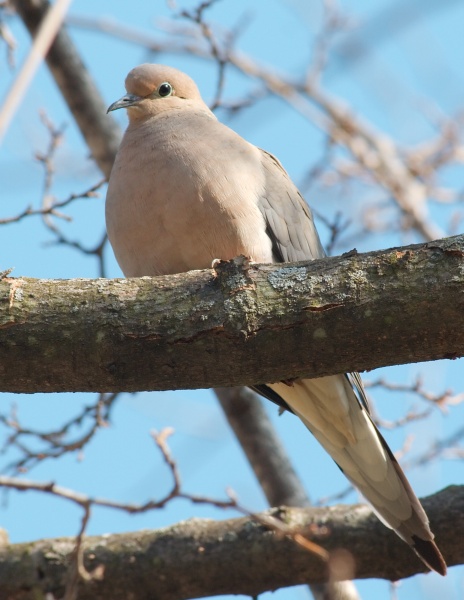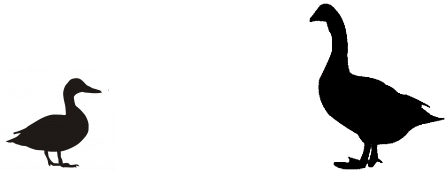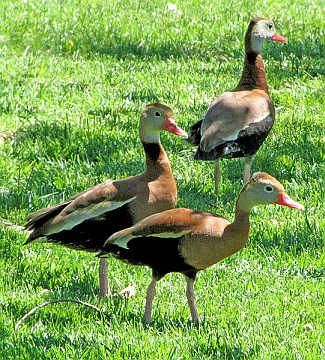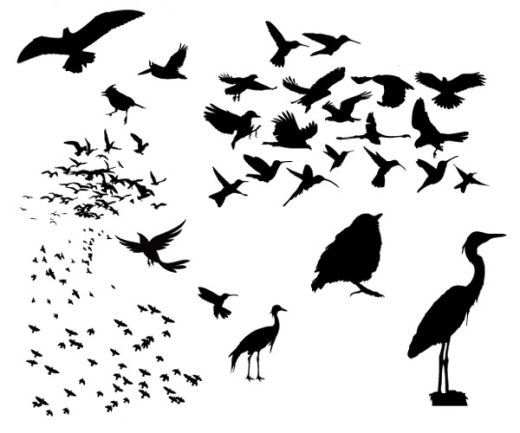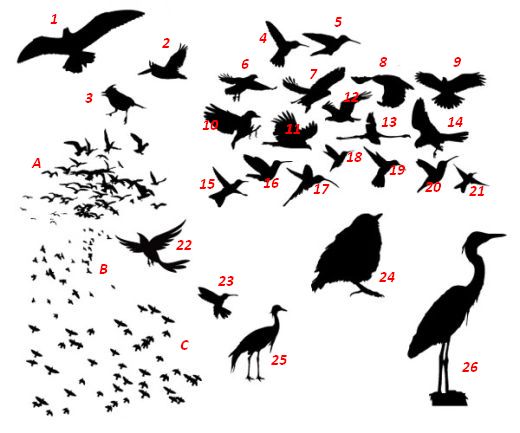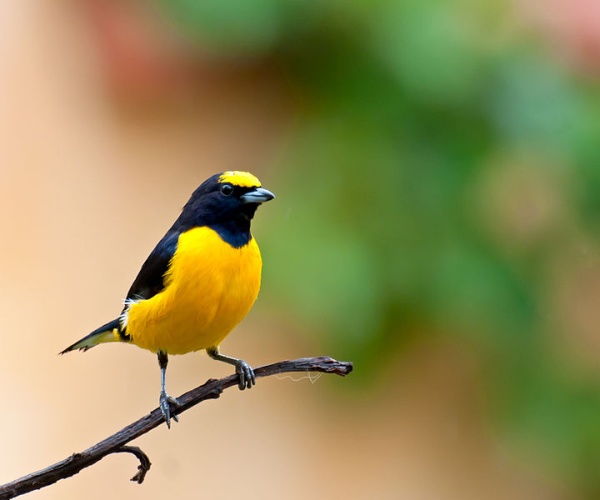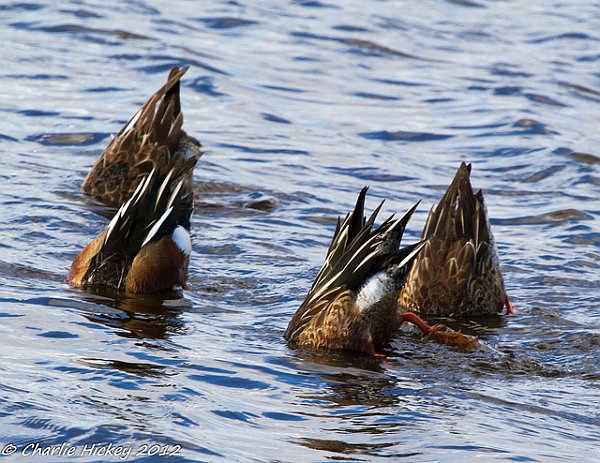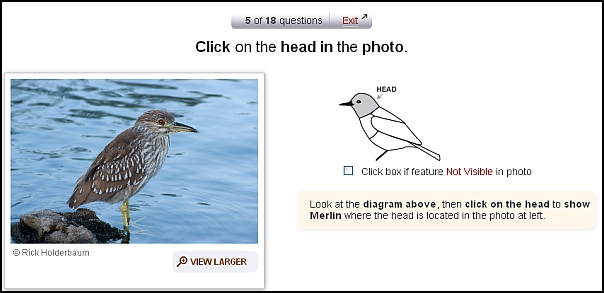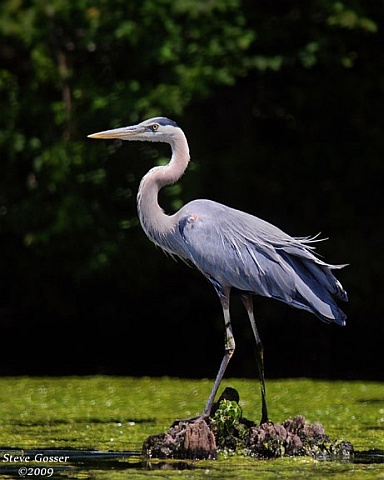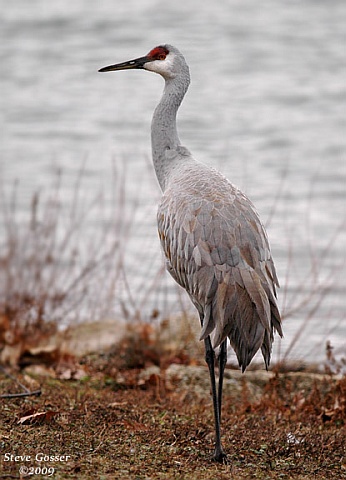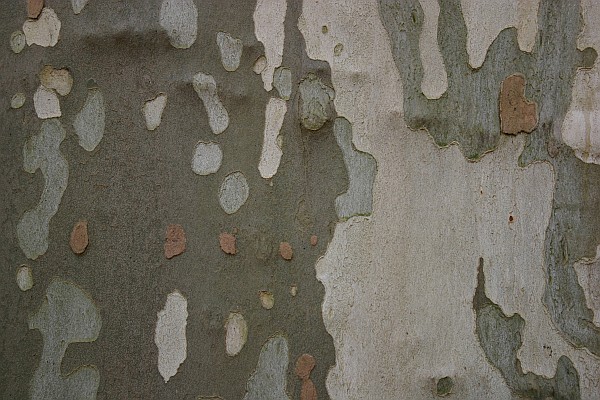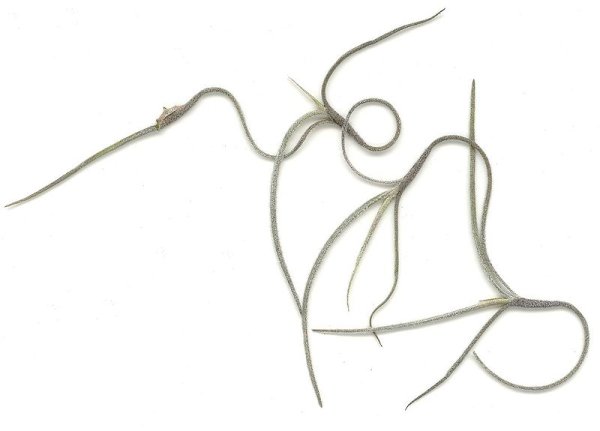On February mornings, the mourning doves sing songs of love.
The males perch high and puff their throats when they sing. Though they are slender, they resemble pigeons when they do this.
Coo-OOOO Cooo Cooo Cooo.
Some say they sound like owls but those who think the sound is mournful named this dove.
Click here to hear their mourning morning song.
AND A QUIZ! Identify the other bird singing in the recording. His song is not normally heard in southwestern PA in the summer. The mourning dove lives year-round from Maine to Mexico, from Canada to Cuba. The other bird will give you a hint on the location of the recording.
(photo by Dori on Wikimedia Commons. Click on the image to see the original)
